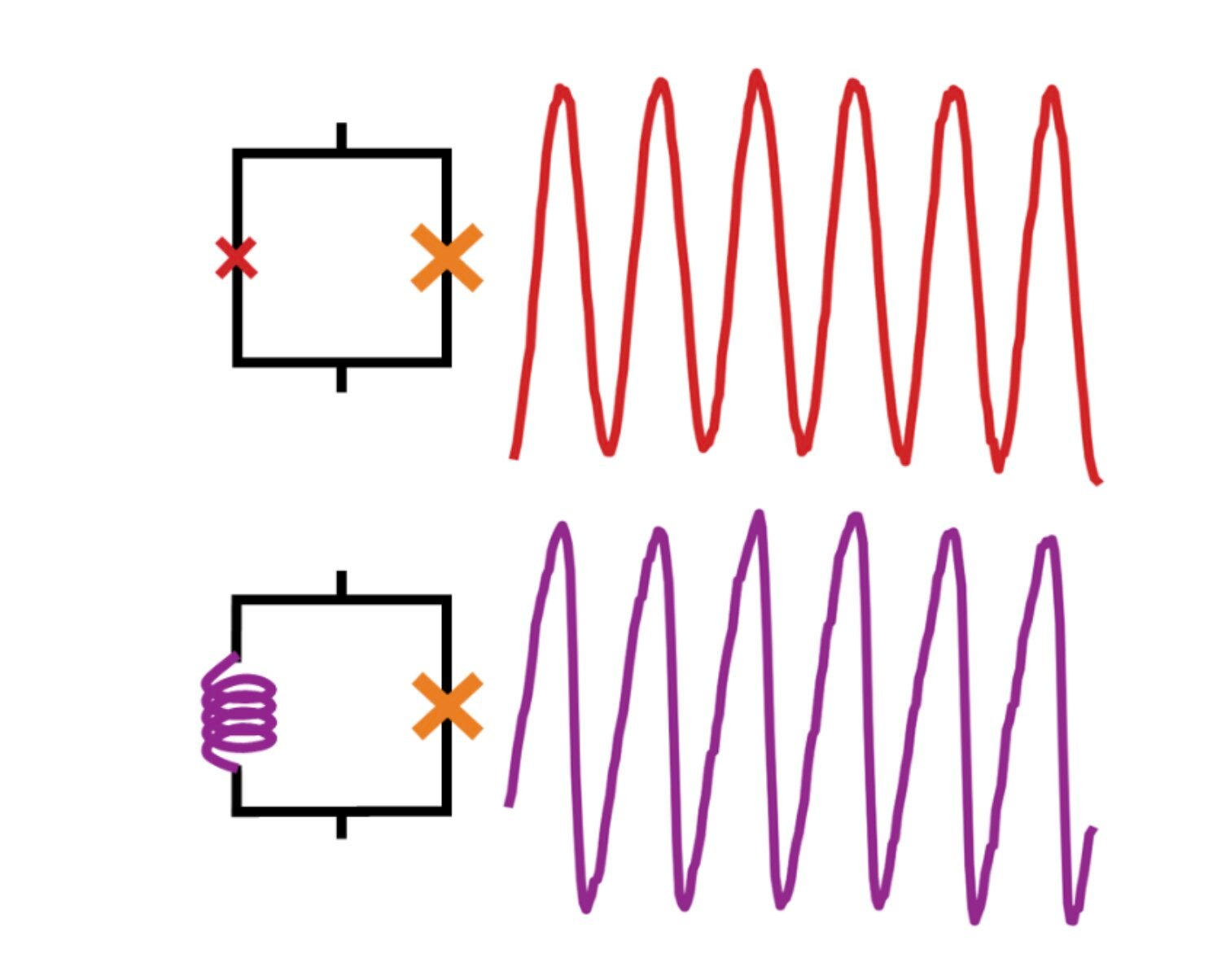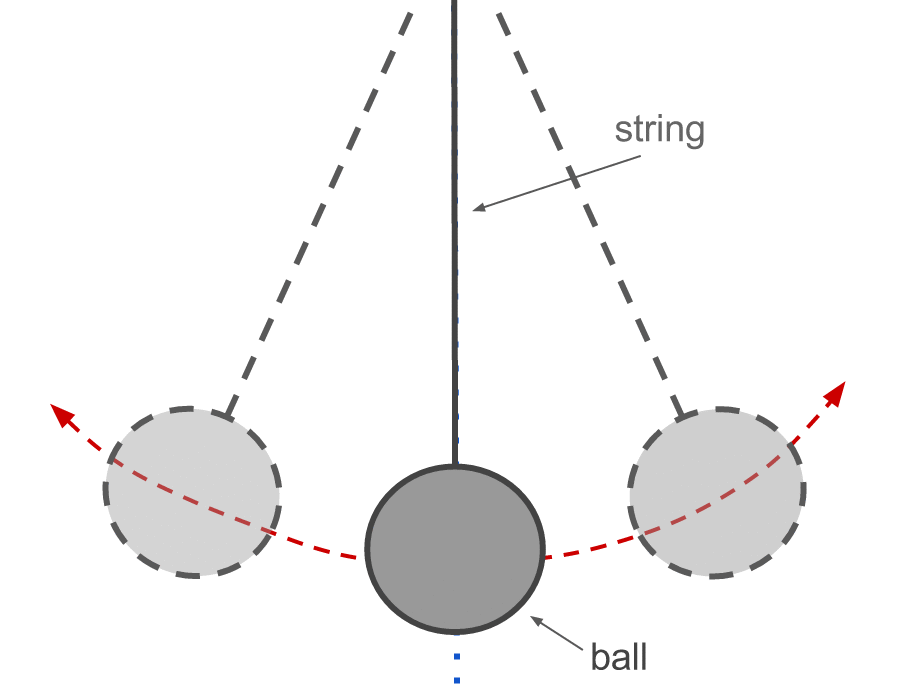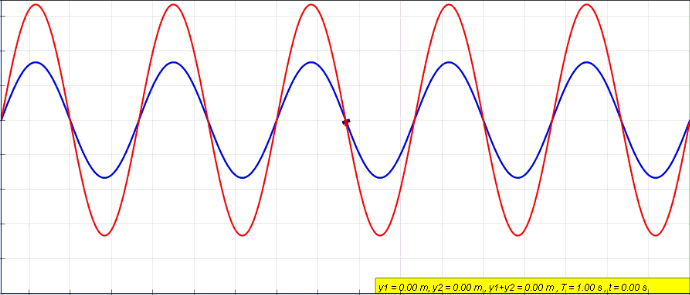Time—it’s the rhythm of life, the silent drumbeat that structures every moment of our existence. We track it obsessively, from the seconds ticking away on a watch to the calendar dates that govern our schedules. Yet, for all our precision, few of us ever stop to question the nature of time itself. Is time truly absolute, flowing identically for everyone everywhere? Or is it more malleable, capable of stretching and compressing depending on where you are and how fast you’re moving?
This idea, that time is not fixed, is not just the stuff of science fiction—it’s a scientifically validated phenomenon known as time dilation. Popularized by Albert Einstein’s theories of relativity, time dilation reveals that time can tick at different rates under different conditions. In space, aboard high-speed spacecraft or near massive celestial bodies like black holes, time behaves in strange and counterintuitive ways. It may slow down for one observer while racing ahead for another. To the astronauts floating high above Earth, the minutes and hours do not align precisely with those of us rooted on the ground.
Understanding time dilation opens the door to one of the most mind-bending insights in physics: time itself is not a universal constant, but a flexible dimension shaped by motion and gravity. In this article, we will journey through the history, science, and implications of time dilation, exploring how Einstein’s genius turned our understanding of the universe on its head—and why time may never be the same again.
Newton’s Time vs. Einstein’s Time
For centuries, the reigning view of time was built on the foundations laid by Sir Isaac Newton. In Newtonian physics, time was absolute—a fixed backdrop against which events unfolded. Whether you were on Earth, on the Moon, or sailing through the stars, time ticked on uniformly, like an unchangeable metronome regulating the cosmos.
But in the early 20th century, Albert Einstein upended this classical view with a series of revolutionary ideas that transformed our understanding of space, time, and motion. In his 1905 Special Theory of Relativity, Einstein introduced the astonishing proposition that time is not the same for everyone. Instead, how fast time moves depends on your relative speed compared to others. Later, with the General Theory of Relativity in 1915, he expanded this concept to include gravity. In Einstein’s universe, time and space are part of a single fabric—spacetime—which can be warped and stretched by motion and mass.
This shift in perspective is not just theoretical. It has been confirmed through numerous experiments, ranging from ultra-precise atomic clocks flown in airplanes to observations of particles traveling near the speed of light. These tests show, beyond doubt, that time dilation is real. The faster you move, or the closer you are to a strong gravitational field, the more your experience of time diverges from someone else’s.
Special Relativity and the Speed of Light
To understand how time can slow down, we need to start with one of the most important postulates of Einstein’s Special Relativity: the speed of light is constant in a vacuum. This might seem like a simple statement, but it has profound implications.
Imagine two people, Alice and Bob. Alice is standing still on Earth, while Bob is traveling in a spaceship at a significant fraction of the speed of light. If they both shine a flashlight and measure how fast the beam travels, both will find the speed of light to be exactly 299,792,458 meters per second. This is true even though Bob is moving rapidly. How can this be?
The only way for both observers to agree on the speed of light is if time and space themselves adjust to compensate. For Bob, who is moving fast, time must slow down relative to Alice. Distances may also contract in the direction of motion. This is not a trick of perception—it is a real, measurable effect.
This idea can be expressed mathematically using the Lorentz transformation equations. These formulas relate the time and position of events as observed in different inertial frames. According to the equations, a moving clock ticks slower than a stationary one. This slowing of time is what we call time dilation.
Twin Paradox: A Tale of Two Timelines
One of the most famous illustrations of time dilation is the twin paradox. Imagine identical twins, Anna and Zoe. Anna stays on Earth, while Zoe boards a spacecraft and travels to a distant star at near-light speed, then returns. According to the principles of Special Relativity, Zoe’s journey will cause her clock to tick more slowly than Anna’s. When she returns, Zoe will have aged less than her twin.
This is not just a philosophical puzzle—it’s a direct consequence of time dilation. Despite the symmetry of their relationship, only Zoe experiences acceleration and deceleration (during takeoff, turning around, and landing), which breaks the symmetry and leads to a real difference in experienced time.
In practical terms, Zoe may have aged only a few years, while Anna could be decades older. This scenario, once purely theoretical, is now supported by data from high-energy physics and satellite-based experiments.
Gravity and General Relativity: The Warping of Time
Special Relativity accounts for the effects of motion on time, but it does not address gravity. That’s where General Relativity comes in. According to Einstein’s later theory, gravity is not a force transmitted between masses but the result of spacetime curvature caused by mass and energy. Objects follow the curves of this distorted spacetime.
This warping also affects time. The stronger the gravitational field, the slower time passes. This is known as gravitational time dilation. A clock placed at the bottom of a tall building (closer to Earth’s center of gravity) ticks slightly more slowly than a clock at the top. Though the difference is tiny, it is measurable with atomic clocks.
A dramatic example of gravitational time dilation can be found near black holes. These extremely dense objects warp spacetime to an extraordinary degree. Near the event horizon—the boundary beyond which nothing can escape—the passage of time slows down drastically. An observer watching someone approach a black hole would see them appear to freeze in time, while the falling observer might experience only moments passing.
GPS and Everyday Time Dilation
Time dilation is not just a curiosity for astronauts and physicists—it affects technologies we use every day. One of the clearest examples is the Global Positioning System (GPS). GPS satellites orbit Earth at high speeds and altitudes, which subjects them to both special and general relativistic time dilation.
Because they are moving quickly, time on the satellites runs slightly slower than on the ground due to special relativity. However, they are also farther from Earth’s gravitational pull, which causes their clocks to run slightly faster due to general relativity. The net effect is that satellite clocks gain about 38 microseconds per day relative to ground clocks.
While this might seem insignificant, GPS relies on extremely precise timing to calculate positions. If relativistic corrections weren’t made, GPS errors would accumulate rapidly, leading to navigation inaccuracies of several kilometers. Engineers must account for time dilation effects to keep the system functional.
Time Travel and Science Fiction Fantasies
Time dilation has naturally fueled imaginations about time travel. If moving at near-light speeds causes time to slow down, could this be a one-way ticket to the future?
In a sense, yes. Traveling at relativistic speeds would allow you to journey into the future more quickly than people on Earth. But returning to the past remains elusive. While Einstein’s equations allow for certain theoretical scenarios—like wormholes or rotating universes—that could permit backward time travel, these ideas remain speculative and fraught with paradoxes.
Nonetheless, the dream of traveling through time has become a staple of science fiction, from H.G. Wells’ The Time Machine to Christopher Nolan’s Interstellar, which depicts time dilation near a supermassive black hole. These narratives often stretch scientific facts, but they are rooted in real, fascinating physics.
The Psychological Experience of Time Dilation
Beyond physics, time dilation invites reflection on our subjective experience of time. Even on Earth, we notice how time seems to pass more quickly or slowly depending on our mental state or surroundings. In high-stress situations, moments can feel like eternities. In joyful or absorbing activities, hours fly by unnoticed.
Though these effects are psychological rather than physical, they resonate with the idea that time is not an absolute constant. Time, whether distorted by speed, gravity, or emotion, is intimately tied to perspective.
Astronauts who have experienced extended stays in space often report changes in their perception of time. The isolation, altered day-night cycles, and orbital motion all contribute to a unique experience of time’s passage. While not directly linked to relativistic effects, these phenomena deepen our appreciation for the complexity of time as both a physical and personal dimension.
Experimental Proof: Time Dilation in the Lab
Scientists have confirmed time dilation through a variety of ingenious experiments. One of the earliest involved subatomic particles known as muons. These particles are created when cosmic rays strike Earth’s atmosphere and have an average lifespan of about 2.2 microseconds when at rest. However, muons traveling at near-light speeds reach Earth’s surface in greater numbers than expected. This discrepancy is explained by time dilation—their internal clocks tick more slowly when moving rapidly, allowing them to survive longer.
In another experiment, synchronized atomic clocks were placed aboard commercial airliners and flown around the world. Upon return, the clocks showed a tiny but measurable difference from identical clocks left on the ground, consistent with predictions from relativity.
These experiments, and many more since, confirm that time dilation is not only real but quantifiable. It is one of the most thoroughly tested predictions in modern physics.
Philosophical Implications: What Is Time?
The discovery that time is relative has profound philosophical implications. It challenges our intuitive understanding of past, present, and future. If time flows differently for different observers, then simultaneity—what is happening “now”—becomes subjective.
In the block universe interpretation of relativity, all moments in time exist equally, like frames on a film reel. Past, present, and future are not objectively distinct but part of a four-dimensional continuum. This view suggests that the passage of time may be an illusion—something our consciousness experiences but that does not correspond to a fundamental property of the universe.
This idea is unsettling but also liberating. It invites us to think of time not as a river we’re helplessly swept along, but as a landscape we traverse, with each point having its own perspective and validity.
Conclusion: Living in a Relativistic World
Time dilation forces us to confront the astonishing truth that time is not a universal clock ticking uniformly across the cosmos. It is a dynamic, malleable entity shaped by speed, gravity, and motion. From the depths of space to the orbit of satellites, from laboratory experiments to science fiction tales, time reveals itself as more flexible and mysterious than we ever imagined.
Einstein’s insights shattered the illusion of absolute time and opened the door to a universe where clocks do not always agree and time itself can bend, twist, and stretch. As we continue to explore space and build technologies that push the boundaries of speed and precision, the effects of time dilation will become ever more relevant.
In the end, understanding time dilation is not just about physics. It’s about embracing a new way of seeing the universe—where reality is not fixed, but relative; where time is not a backdrop, but a participant; and where the cosmos dances to a rhythm far more intricate than the ticking of a watch.






